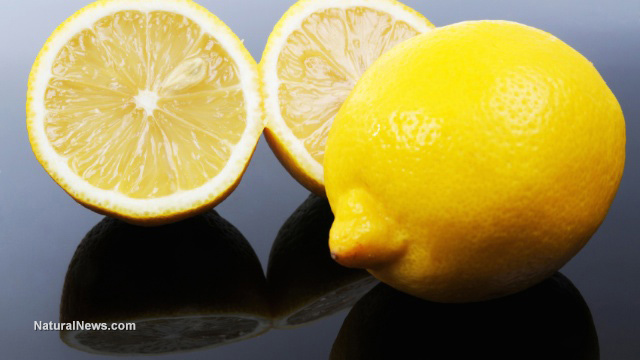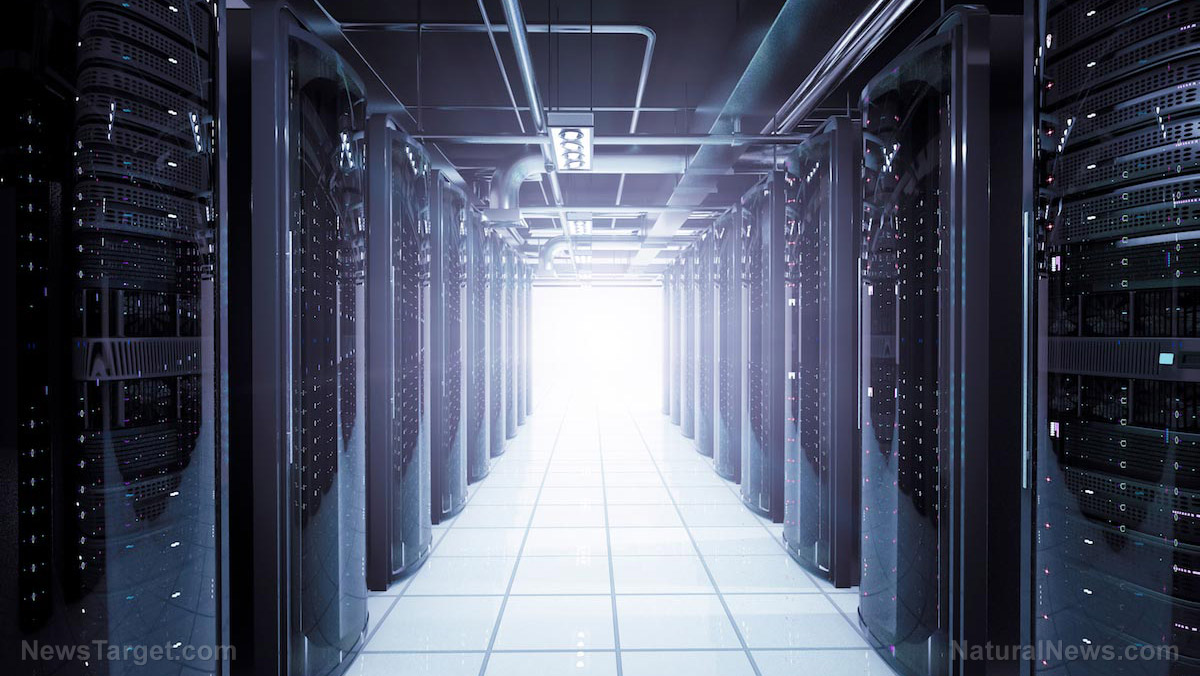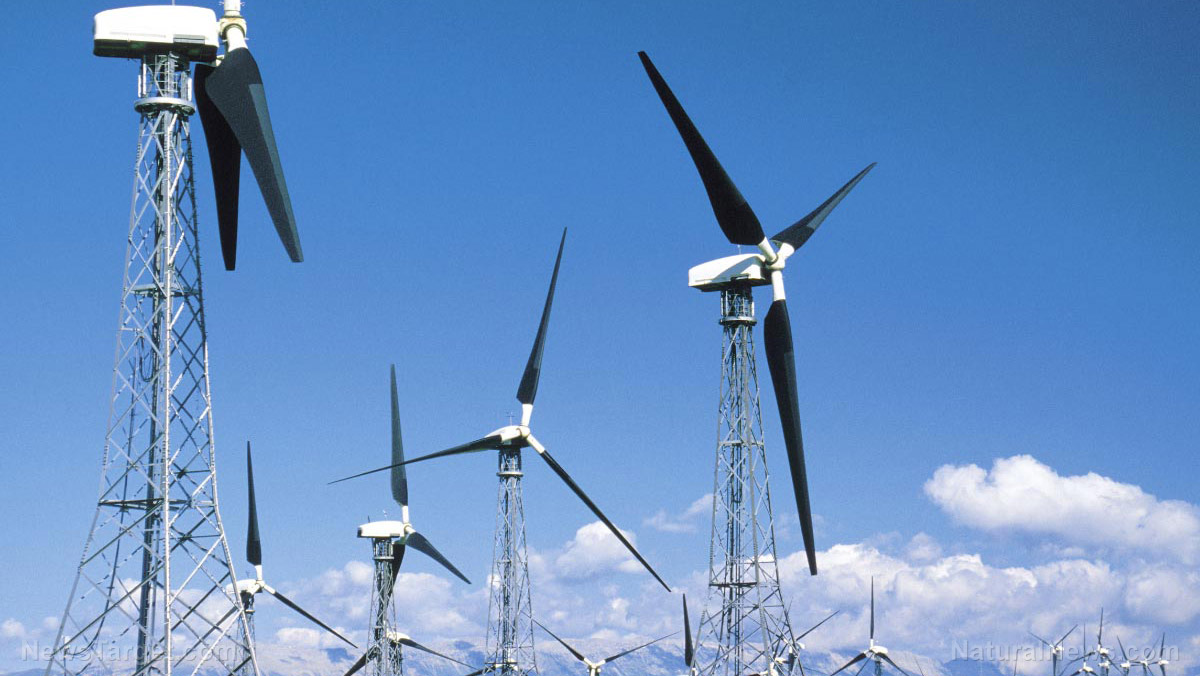Drink responsibly: Are you aware of the environmental impact of single-use coffee cups?
09/10/2018 / By Frances Bloomfield

There’s no denying the convenience that comes with single-use coffee cups. Simply fill them with water, take a sip, and throw them in the trash. No clean-up, no hassle, no fuss. But apart from that, is there any other good reason to actually use them? The few precious minutes you save with their usage just isn’t worth it when you consider their environmental impact.
What happens after use?
In the United Kingdom alone, around 2.5 billion single-use coffee cups are used each year. That massive number of disposable cups translates to roughly 25,000 tons of trash. In fact, according to CarryYourCup.org, using just one disposable cup a day can eventually lead to 23 pounds of waste in a year.
Of all those coffee cups collected for disposal, only one percent can actually be recycled. The unfortunate truth is that the majority of recycling centers lack the equipment needed to adequately process single-use coffee cups. As explained by TernGoods.com, most single-use coffee cups contain a plastic lining that keeps them from breaking apart. That plastic lining has to be separated from the cups, but doing so is too expensive and too difficult for most recycling centers.
So what happens to the rest of the single-use coffee cups? Those that are hauled off to landfills typically remain there to be broken down by the elements. The breakdown process in itself can take as long as a few hundred years under the right conditions. Regardless of the conditions, those single-use coffee cups will still be there taking up space in landfills long after you’ve gone. Incineration is an option, but would you really want to burn products that release toxic emissions into the air you breathe?
Moreover, there are the single-use coffee cups that don’t get recycled or make it to landfills. These are the ones that end up polluting the environment and slowly degrade over the time. Unless they get picked up and disposed of properly, they’re pretty much stuck where they’re thrown until they break down. So whether they are clogging up a pipe or taking up space on the side of a road, those single-use coffee cups are there indefinitely.
What can you do to help?
Although the environmental effects of these cups are many, they can be reduced with a few simple steps.
The easiest and most obvious step is to bring your own cup. Ceramic and glass are great options. Cups made from ceramic can’t be recycled but can provide you with up to a thousand uses if properly cared for and their effects on landfills are close to minimal. On the other hand, cups made out of glass can also be used close to a thousand and can be easily recycled at the end of their lifespan. Either alternative is excellent since they aren’t made with the synthetic chemicals that go into creating disposable cup linings and styrofoam cups, so they’re healthier for you as well as the environment. (Related: Dunkin’ improves packaging from foam to paper cups, reducing waste, pollution — but it’s still better to bring your own mug.)
If you happen to own a business that dispenses single-use coffee cups, then consider the following. Lay down an environmental message in your establishment, provide free, reusable cup alternatives, and charge extra for single-use cups. According to a research team from Cardiff University, these actions can easily double reusable cup usage.
“Our results show that, on average, the use of reusable coffee cups could be increased by up to 12.5% with a combination of measures,” said Professor Wouter Poortinga. He added that enforcing extra charges instead of discounts had a greater effect, noting: “People are far more sensitive to losses than to gains when making decisions – so if we really want to change a customer’s behavior then a charge on a disposable cup is more likely to be effective.”
If you’d like to read more news articles about how you can help save the environment, visit Environ.news today.
Sources include:
Tagged Under: environment, garbage, green living, paper cups, plastic waste, reusable cups, reycling, single-use coffee cups, Styrofoam waste, waste, waste reduction



















